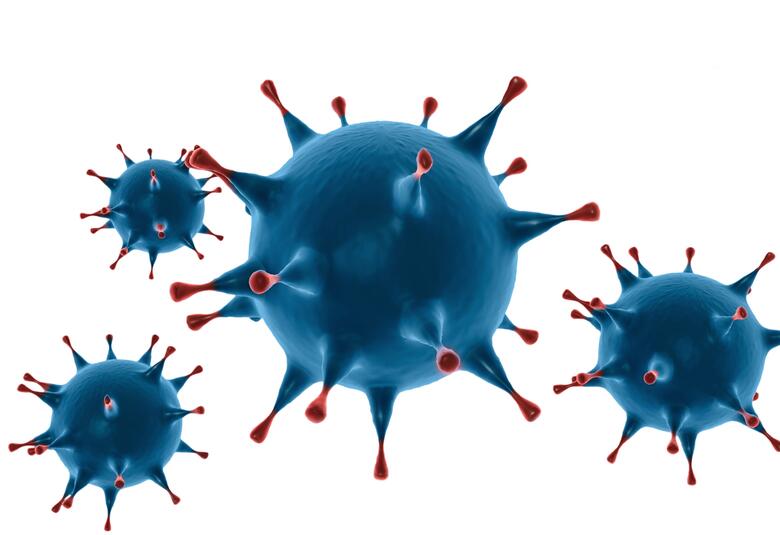At ECNP 2017, we were kept up-to-date with exciting research in psychotic disorders from the past year.
Prof Pascal Steullet, a neurobiologist in the Research Unit on Schizophrenia at the Center of Psychiatric Neuroscience, Switzerland, chose a selection of ground-breaking research articles from the past year to share with us at ECNP 2017.
Oxidative stress and parvalbumin interneuron impairment
Steullet et al propose that parvalbumin interneuron impairment caused by oxidative stress may be a common mechanism in models of schizophrenia.1
Parvalbumin interneuron impairment caused by oxidative stress may be a common mechanism in models of schizophrenia
Parvalbumin interneurons co-ordinate the proper excitatory/inhibitory balance and high-frequency neuronal synchronization. They are crucial for maintaining sensory perception, working memory, attention and learning, as well as social behavior. In many animal models relevant to schizophrenia there is reduced parvalbumin expression or a reduced number of parvalbumin interneurons. But how can animal models with such diverse genetic (i.e. DISC1, DTNB1, ERBB4, NRG1, SHANK3 and CNTAP2) and environmental risk factors (i.e. prenatal maternal stress, immune challenge, hypoxia, early-life iron deficiency, maternal separation and social isolation) all display parvalbumin interneurons alterations? Could there be a common mechanism?
It is known that parvalbumin interneurons are susceptible to oxidative stress, and that oxidative stress is reported in patients with schizophrenia. The authors evaluated oxidative stress as a common pathological mechanism leading to parvalbumin interneuron impairment in schizophrenia.
They used a diverse series of animal models carrying genetic and/or environmental risks relevant to schizophrenia. Eleven of the 14 models presented a reduced number of parvalbumin-immunoreactive cells, all of which displayed oxidative stress. The more pronounced the oxidative stress, the stronger the parvalbumin deficit.
They concluded that redox dysregulation/oxydative stress is a common mechanism affecting prefrontal parvalbumin interneurons during postnatal maturation in a diverse number of animal models relevant to schizophrenia. Antioxidant treatments might be beneficial to improve cognitive processing and general functioning of patients.
HDAC1 and early life stress
Bahari-Javan et al investigated the role of histone-deacetylase 1 (HDAC1) in the pathogenesis of schizophrenia. They demonstrated that early life stress may be linked to schizophrenia-like phenotypes via HDAC1.2
Early life stress may be linked to schizophrenia-like phenotypes via HDAC1
HDAC enzymes modify histones and thereby reduce gene expression. Hdac1 levels are elevated in the prefrontal cortex and hippocampus of patients with schizophrenia.
The authors reported higher levels of Hdac1 in the brains of mice exposed to early life stress (early maternal separation) compared to controls. Elevated Hdac1 in the blood was associated with early life stress in both mice and patients with schizophrenia. Gene expression was also impacted - parvalbumin expression was reduced in both mice and patients with schizophrenia exposed to early life stress.
Mice exposed to early life stress showed behavioural impairments. Novel object recognition and prepulse inhibition were lower than controls. These impairments were abolished by a specific Hdac1 inhibitor (MS-275).
They concluded that early life stress increases Hdac1 in the brain and affects cognitive function and sensory-motor gating. Elevated Hdac1 in the blood in patients with schizophrenia with early life stress, compared with patients without this stress, suggests that this could be a useful strategy to identify patients who may benefit from treatment with HDAC inhibitors.
The role of glial dysfunction
Windrem et al have recently published data suggesting that impaired glial maturation may contribute to the development of schizophrenia.3
Impaired glial maturation may contribute to the development of schizophrenia
From pathological and neuroimaging studies we know that schizophrenia is associated with deficiencies in oligodendroglial density and myelin structure. Windrem et al have looked into whether intrinsic glial dysfunction contributes to the pathogenesis of schizophrenia.
Using induced pluripotent stem cells from patients with childhood-onset schizophrenia, they generated glial progenitor cells (GPCs). GPCs from patients with schizophrenia showed different gene expression compared to controls. They saw reduced expression of genes associated with glia differentiation and development, myelination, synapses and extracellular matrix and ion channels.
Human GPCs were injected into myelin-deficient shiverer mice to establish humanised glial chimeric mice. Compared to controls, GPCs from patients with schizophrenia showed significantly reduced colonisation of white matter, oligodendrocyte differentiation and myelinogenesis.
When injected into mice with normal myelin, GPCs from patients with schizophrenia displayed deficient astrocyte maturation.
Changes in behaviour were seen too. Myelin wild-type mice implanted with GPCs from patients with schizophrenia displayed impaired prepulse inhibition and novel objection recognition, as well as increased anxiety, antisocial behaviour and disturbed sleep.
Our correspondent’s highlights from the symposium are meant as a fair representation of the scientific content presented. The views and opinions expressed on this page do not necessarily reflect those of Lundbeck.





